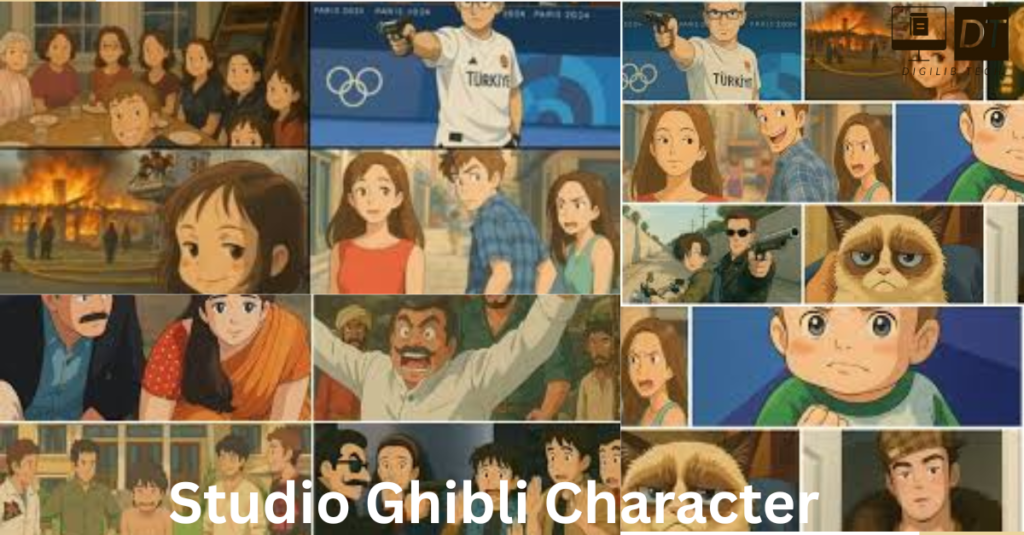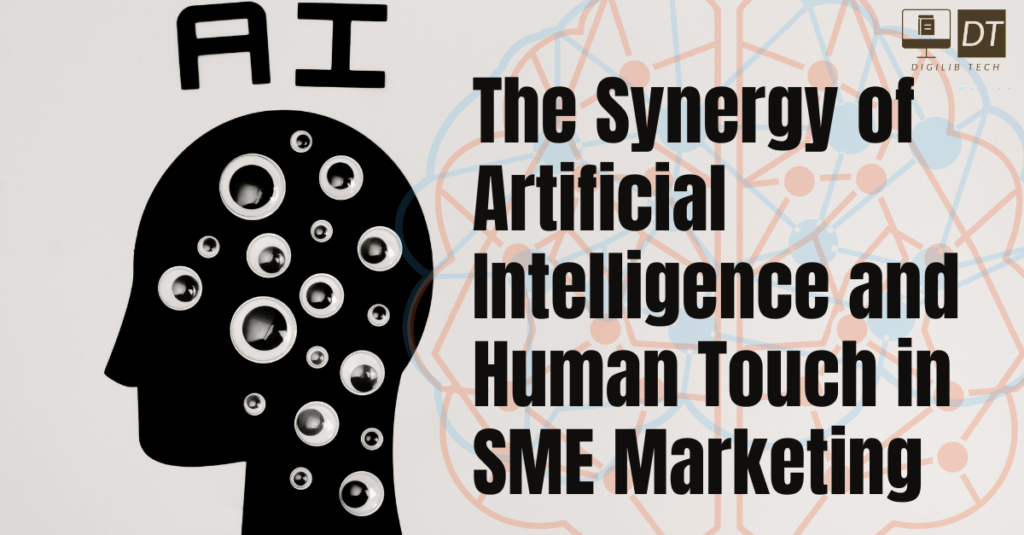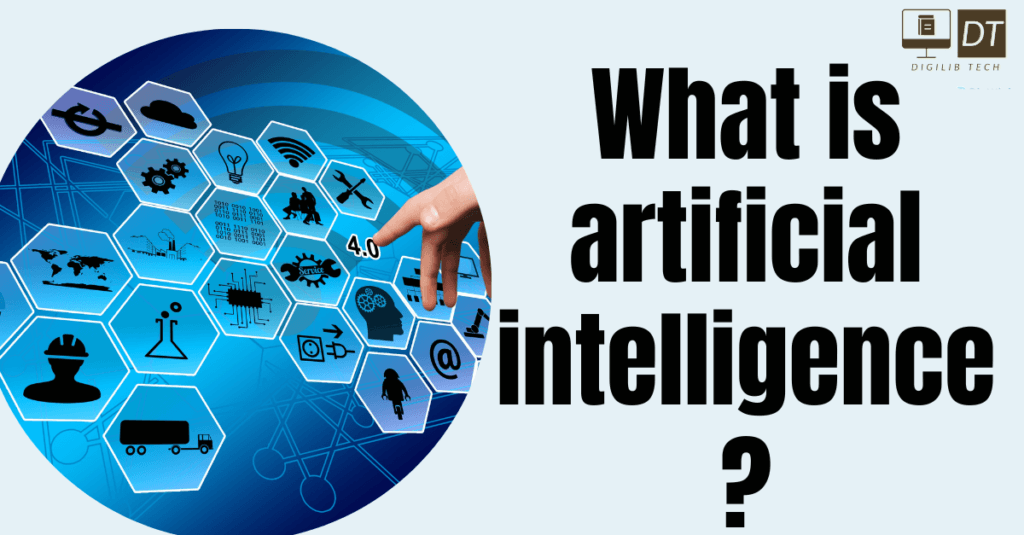Why Studio Ghibli Characters Feel So Real Find Here Now
Studio Ghibli Characters
With its exquisitely animated movies and enduring characters, Studio Ghibli has enthralled viewers all around the world. Ghibli characters feel remarkably real—full of emotions, intricacies, and depth—in contrast to ordinary animated figures. But why are they so realistic? We shall examine the enchantment of Studio Ghibli’s characters in this blog, showcasing some of the most well-known and revealing the factors that contribute to their authenticity.

The Art of Realistic Character Design
The design of Studio Ghibli characters is a major factor in their sense of realism. The animation company emphasizes genuine motions, nuanced body language, and expressive face characteristics. Characters exhibit authentic emotions rather than exaggerated ones, which helps the viewer relate to them.
Mei and Satsuki, for example, respond to their mother’s illness in My Neighbor Totoro in the same manner that any other kid would—balancing fun, optimism, and dread. Because of this, they seem more like real kids than merely animated characters.
Iconic Studio Ghibli Characters and Their Realism
1. Spirited Away by Chihiro Ogino
Chihiro begins as a whining, terrified young child who must make her way through the enigmatic spirit realm. She is one of the most realistic coming-of-age heroines in animation because of her delicate and convincing metamorphosis into a brave and independent character.
2. Spirited Away (Haku)
Haku is a multifaceted character who gradually displays his sensitive side after first coming off as enigmatic. He has depth and emotional weight because of his conflict between his allegiance to Yubaba and his former existence.
3. Totoro (Totoro, my neighbor)
Despite being a magical forest spirit, Totoro’s relationships with Mei and Satsuki seem rather realistic. Despite his silence, he conveys warmth and love by his acts, such as protecting the girls from the rain.
4. Kiki (the delivery service Kiki’s)
Kiki’s journeyChihiro begins as a whining, terrified young child who must make her way through the enigmatic spirit realm. She is one of the most realistic coming-of-age heroines in animation because of her delicate and convincing metamorphosis into a brave and independent character.
5. Howl (The Moving Castle of Howl)
Howl is a fascinating wizard with serious flaws. He’s one of the most complex characters in Ghibli movies because of his conceit, dread of responsibility, and eventual development.
6. Howl’s Moving Castle’s Sophie Hatter
Sophie’s transformation from a young, insecure lady to a self-assured individual is admirable. Her feelings, particularly her self-doubt over her appearance, are honest and unvarnished.
7. Princess Mononoke’s Ashitaka
Ashitaka is caught between the worlds of nature and mankind. He is a very approachable figure since his quest for peace mirrors moral quandaries in real life.
8. Princess Mononoke, or San
San’s experiences justify her rage and contempt toward people. However, she develops emotional self-control, which makes her character arc incredibly realistic and poignant.
9. Castle in the Sky, starring Sheeta and Pazu
Throughout their journey, these two kids exhibit real emotions like fear, hope, and resiliency. Their friendship grows naturally, making them endearing and authentic.
10. Seita & Setsuko (Grave of the Fireflies)
Perhaps the most heartbreaking Ghibli characters, Seita and Setsuko’s tragic story is grounded in realism. Their love and survival struggles showcase the harsh realities of war in an emotional and devastating way.
Click Here to read about Google Doodle Baseball Game
Key Elements That Make Characters Feel Real
- Natural Expressions and Dialogue: Ghibli characters seem genuine because of their hesitant, informal, and everyday speech patterns. Example: In Spirited Away, Chihiro falters when he is anxious.
- Growth and Transformation: Instead of developing unrealistically quickly, characters grow throughout time. For instance, Sophie from Howl’s Moving Castle gains self-assurance.
- Realistic Relationships: Family ties, love, and friendships develop organically rather than being forced. For instance, the connection between Howl and Sophie evolves throughout time.
- Subtle Actions and Emotions: Characters convey their feelings in subtle ways rather than by heightened reactions. Example: Mei in My Neighbor Totoro pouts and avoids eye contact when sad.
- Real-World Problems: Ghibli characters face struggles like self-doubt, grief, and loneliness, making them relatable. Example: Kiki experiences burnout in Kiki’s Delivery Service.
- Layered Personalities: Characters are more human because they have both strengths and shortcomings. For instance, Haku is nice yet serves Yubaba, while Howl is both strong and conceited.








